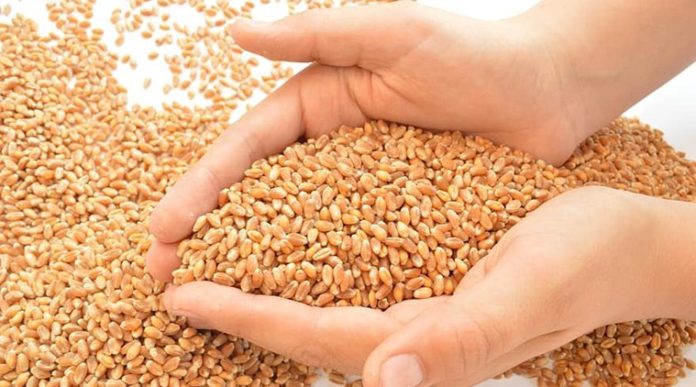New Delhi (NVI): The novel coronavirus, which continues to wreak havoc on lives around the world, will push 71 million to 100 million people into extreme poverty, measured at the international poverty line of $1.90 per day, according to a World Bank report.
The Covid crisis will inevitably add to the burden of the poorest countries. In an effort to mitigate the impact of the pandemic, the World Bank Group (WBG) and the International Monetary Fund (IMF) stepped up to financially support developing countries.
In response to a joint call for action by the WBG and IMF, the G20 finance ministers announced that official bilateral creditors will allow IDA countries that request forbearance to suspend their debt service payments, beginning May 1, for the remainder of 2020, as per the report.
Bilateral debt service suspension is a powerful measure that can bring real benefits to people in poor countries, particularly countries that don’t have the financial resources to respond to the COVID-19 crisis, while avoiding a liquidity crisis and debt defaults.
During this fluid situation, it’s critical to be able to accurately quantify these debt liabilities, says the World Bank. Since 1952, the World Bank has maintained a Debtor Reporting System (DRS) which includes historical quantification, methodologies, and aggregate debt information. To support the proposed debt relief efforts, the World Bank’s Development Data Group built a detailed data profile of debt stocks and flows for countries eligible to receive relief under the Debt Service Suspension Initiative.
The profile identifies the annual and monthly debt service payments projected to come due during 2020 and 2021, to the multilateral and bilateral creditors that may be called upon to relieve debt burdens as needed.
The basic data elements used to calculate the future payments were the lending terms of individual creditors and creditor groups. These projections were based on debt stock as of the end of 2018, for individual debt instrument (i.e., loans).
These profiles will facilitate validation and reconciliation of debtor and creditor records at a much more granular level, according to the World Bank.
-ARK








